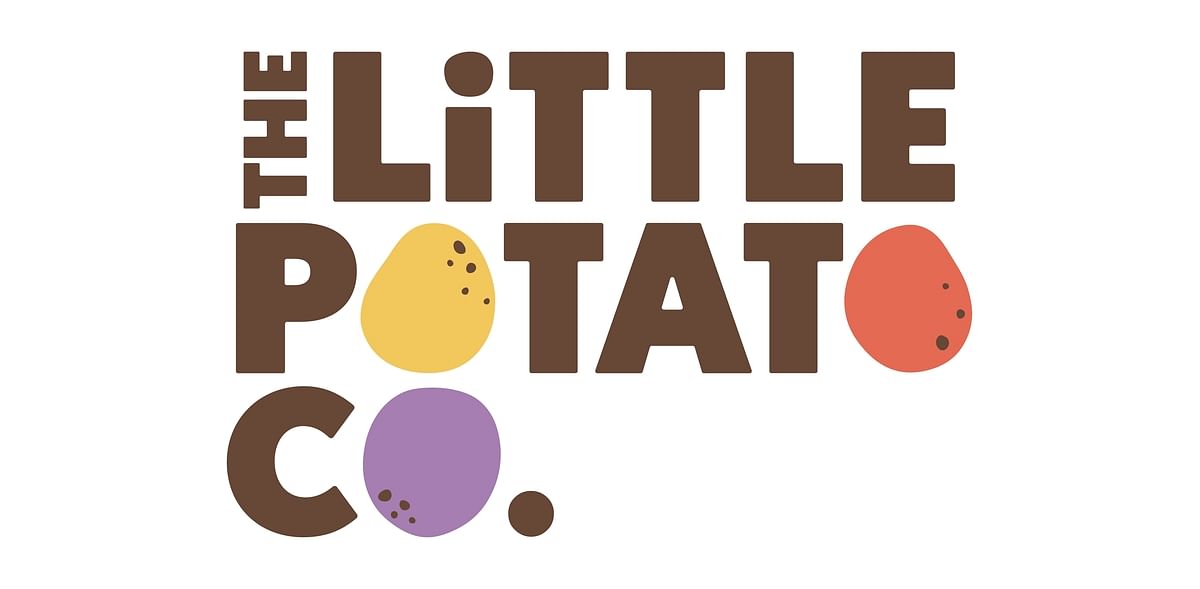Native potatoes are the foundation of potato diversity and resilience, representing thousands of years of selection and cultivation by Indigenous communities in the Andes. These unique varieties are not only a vital food source for local populations but also a living heritage that underpins global potato breeding and food security. These potatoes are diverse, with over 4,500 varieties, and are well-adapted to the harsh conditions of the high Andes.
Acerca de las Papas Nativas
El Origen de la Papa: La papa fue domesticada hace algunos 8000 años en las montañas de los Andes. Todavía existe una diversidad increíble de papas nativas disponible en los Andes, de interés para el cultivo y desde un punto de vista culinario.
Haga clic aquí para ampliar y obtener más información!
What Are Native Potatoes?
- Definition: Native potatoes are traditional varieties cultivated primarily in the Andean highlands of Peru, Bolivia, and Ecuador. They are distinct from modern commercial varieties, having been selected over centuries for their adaptability, taste, texture, shape, and color.
- Origins: The Andes is the center of potato domestication, with native potatoes first cultivated around 10,000 years ago. This region remains the global hotspot for potato biodiversity.
Find out how the potato spread out over the world from the Andes in History of the Potato
Diversity and Adaptation
- Varietal Wealth: Over 4,500 native potato varieties thrive in the Andean highlands, with each community maintaining its own unique set of varieties.
- Adaptation: These potatoes are exceptionally well adapted to the harsh conditions of the high Andes, growing at elevations between 3,500 and 4,200 meters. They withstand cold, drought, and poor soils, often with minimal or no agrochemical inputs.
- Genetic Resource: The genetic diversity found in native potatoes is crucial for breeding programs worldwide, providing resistance to diseases, pests, and environmental stresses.
Types and Unique Traits
- Morphological Diversity: Native potatoes display a remarkable range of shapes, colors, and sizes, from deep purple and red to yellow and white, often with striking patterns.
- Special Adaptations: Some native varieties are frost-resistant or have low dormancy, making them suitable for cultivation in extreme Andean environments.
- Traditional Uses: Many native potatoes are processed using ancient methods, such as dehydration to make chuno, which allows for long-term storage and food security during dry periods.
Challenges and Conservation
- Challenges: Urban migration and changing food preferences are leading to a loss of traditional knowledge and biodiversity in native potatoes.
- Conservation Efforts: Indigenous communities, supported by organizations like the International Potato Center, are actively working to preserve native potato varieties through on-farm conservation, seed banks, and cultural initiatives.
"Native potatoes embody a rich legacy of biodiversity, cultural heritage, and agricultural innovation in the Andes. Their continued cultivation and conservation are vital for sustaining global potato diversity, supporting local livelihoods, and ensuring food security for future generations.."
Browse Companies Offering Patatas Nativas

M S International
El grupo M S comenzó su trayectoria en 1960 desde una pequeña tienda de comestibles en un pueblo. Se han expandido con el tiempo y las oportunidades en muchos campos, incluida la exportación de papas de grado para cortar.

The Little Potato Company - Nisku, Alberta
The Little Potato Company's facility in Nisku, Alberta
